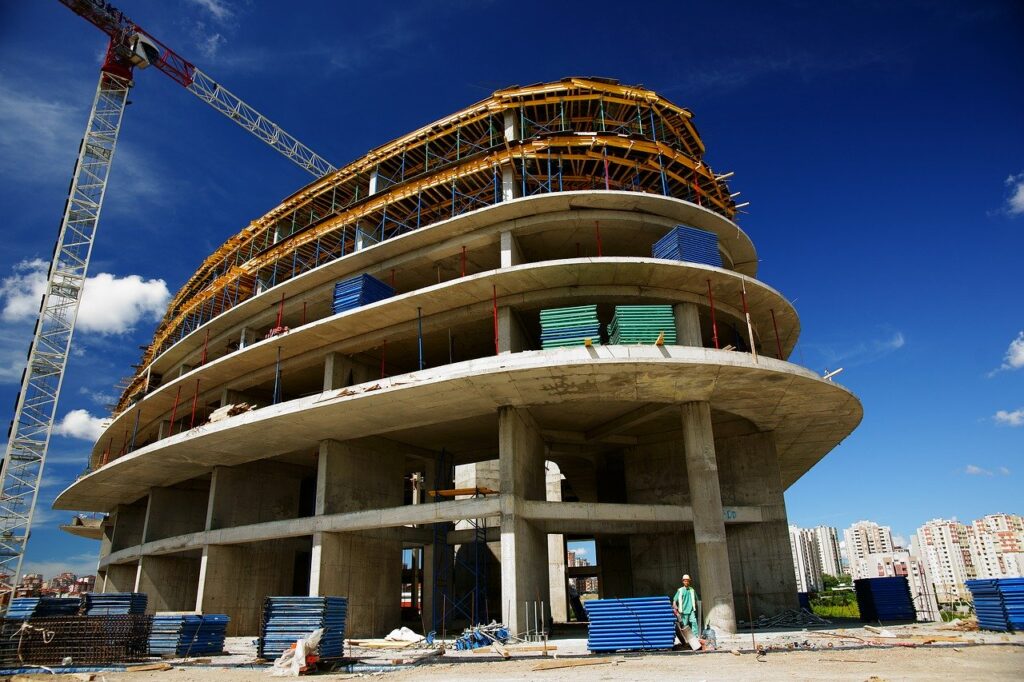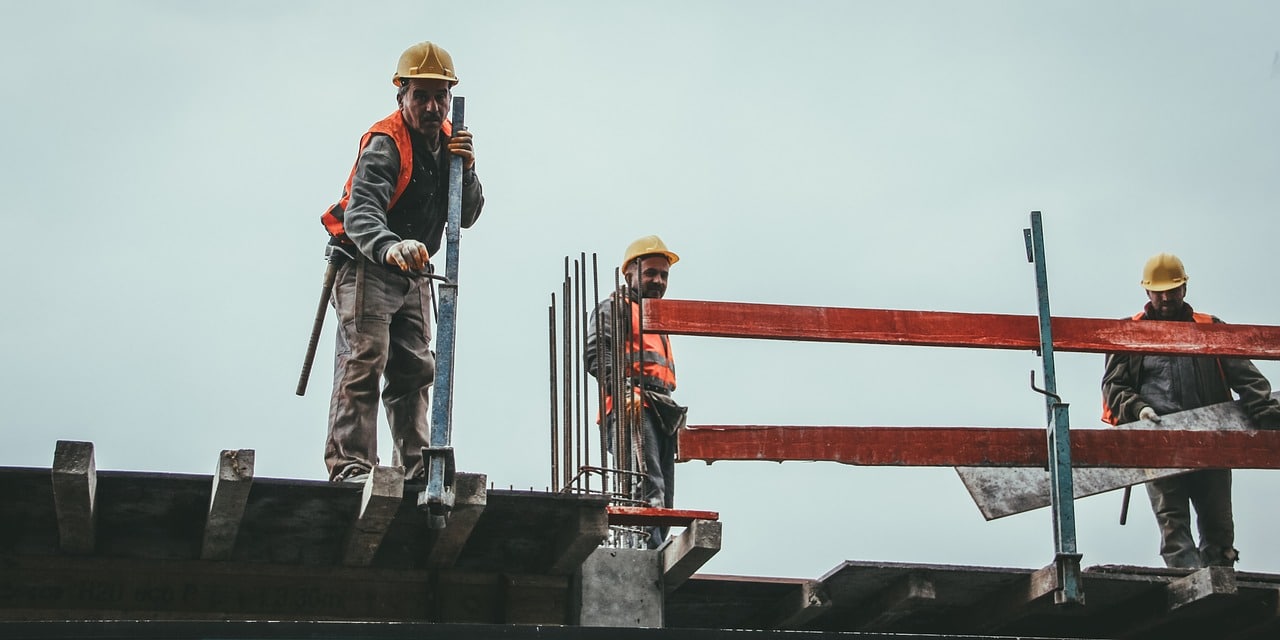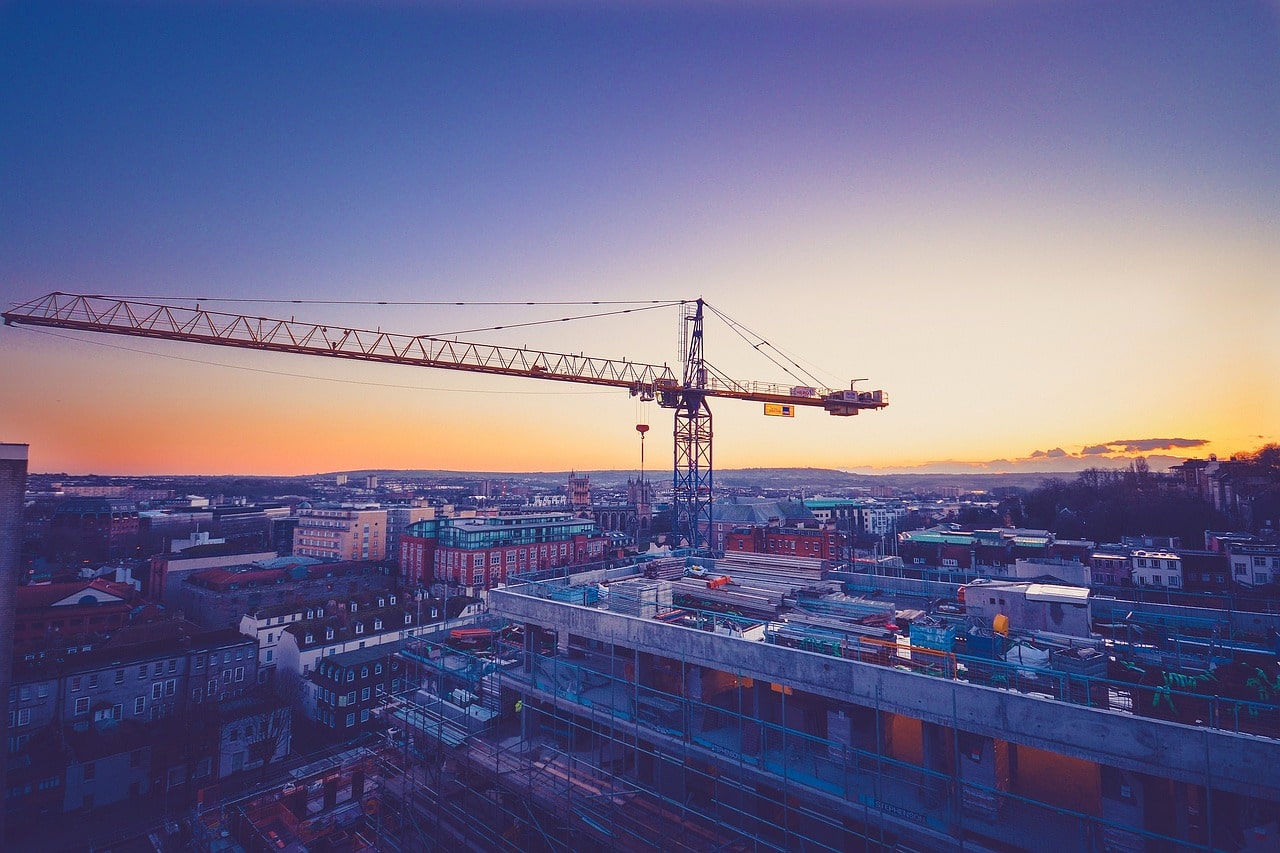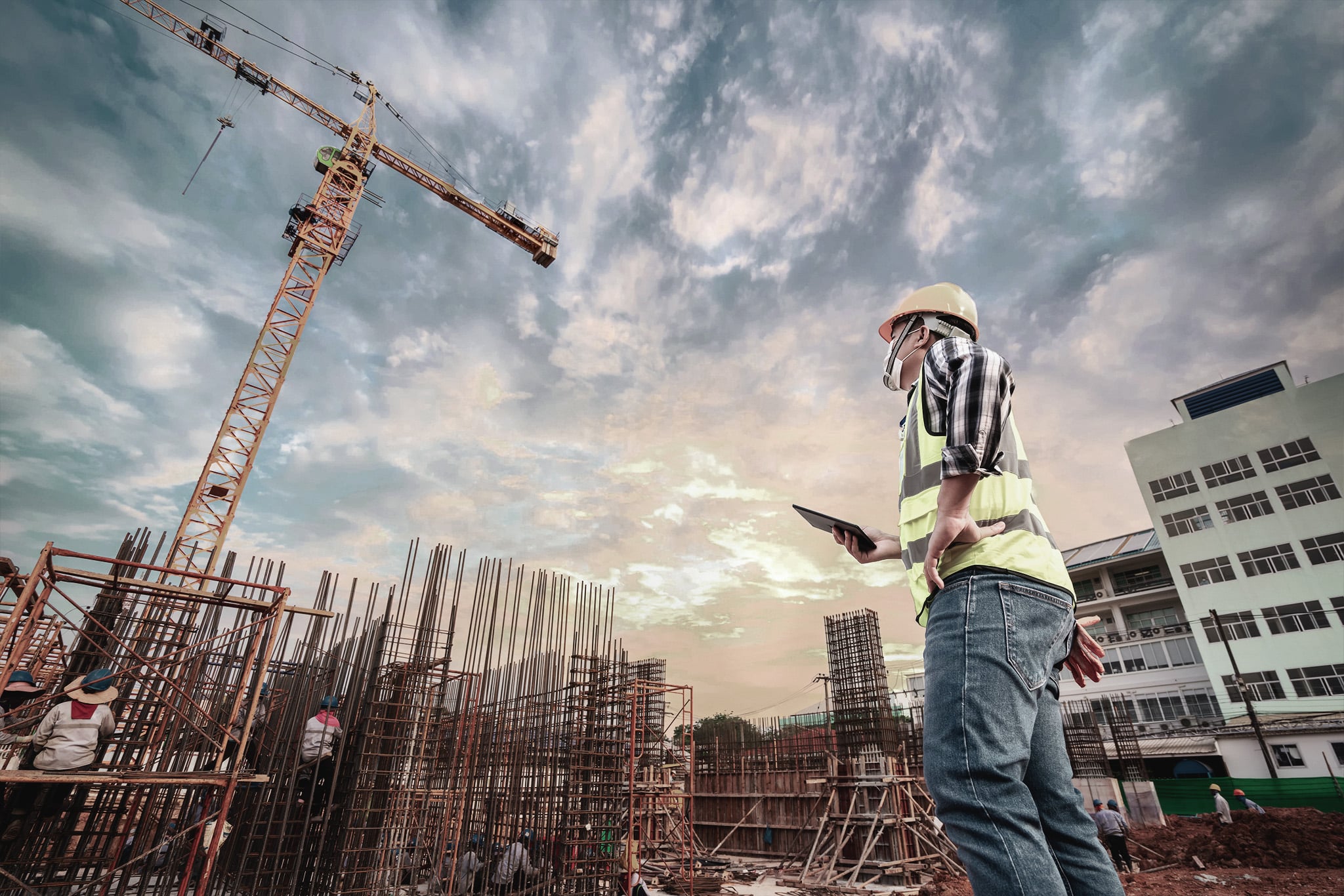When you begin to talk about the building layout, you are basically beginning the process of using all the architectural proposals and drawings and transferring them all to the ground where the construction will take place. This ensures that you can mark out where the specific location points will be for boundaries, foundations, walls, columns, and any other structural piece of the building.
As you can see, the entire structure is included within the building layout, which is why it must be completed after the conditional survey and desk study are finished. The entire area should be clear of all debris, obstructions, and even growing vegetation. Anything that is required to create the different levels of the building layout should also be finalized and ready to use prior to the building layout process starting.
When you are doing the layout of a building, you must follow the architect’s, or sometimes the engineer’s, drawings. These drawings will tell you how everything should be arranged, and it is the only way to make sure that no mistakes are made. If a mistake is made, and it is not discovered before the rest of the work is started, then it can be a costly mistake that can cost you thousands of dollars.
The first step of your building layout should be finding the baseline, which will be the point that everything else is based off of. Every baseline is a reference line, which oftentimes meets the building line. The building line is the boundary of the project, which is usually determined by a road or the local authorities.
As soon as you have your baseline and building line, you can easily find the corners of your building. Once those are determined, you must use horizontal controls, which are coordinates that allow you to find all the other specific points. It is necessary that you have numerous control points, so that if one of them is off by a little, the entire building layout does not need to be taken down and started over again.
The vertical controls are often points that are either on a nearby road or another nearby feature, but they can also be something as simple as a post placed in concrete.
After you have determined these points, you are ready to complete the building layout. Easy rectangle buildings are usually marked by lines that are tied to corner posts. When tying these lines to the top of the corner posts, you must use a builder’s square, or site square, to ensure that you get the proper ninety-degree angle. It may also be necessary for you to use a ranging rod to create a straight line between certain corner posts.
While most people use a string to outline the building, you can also mark the outline on the ground. You would do this using dry lime or a powder that is similar. Those materials will wash away with the rain, so it is important that no rain is in the forecast for the days after you mark things out and start the construction process.
Many buildings are basic rectangles, but for those that are not, the building layout is created basically the same way. You still need to find specific points, but you must use care when using them, since the smallest of errors from any of them can create a headache later on.
We recommend creating a massive rectangle that will hold the entire irregularly shaped building and then create the exact layout afterwards. This ensures that your building layout will be as accurate as possible.
Framed buildings are sometimes the easiest, because they utilize a grid for building layouts. The grid is created by using a theodolite and pegs mark the grid intersections. As soon as the grid has been created, you would use the intersecting grid lines for any center point of the foundation.
The best part about using these grids is that you can easily use offset pegs outside of the excavation work area without any issues or problems later on.
There are going to be times when you must extend some of the lines that you have in place. This is often common with the corner points, since you must do some excavation for the building process. If that is the case, you can transfer those corner points to the other side of the excavation area and simply place pegs in the ground.
It will be important to note these changes on the drawings, so that those who are looking at them and the current building layout will not use the wrong point during the construction stage.
Everyone in the construction industry knows just how important it is to complete the building layout properly. However, for those not in the industry, or those who are new in this field, here are a few things that can go wrong when you do not mark out the building correctly:
- Inadequate space around certain parts of the building – This can create fewer parking spaces or make the space around the building to small for cars needing, or wanting, to drive around.
- Damaged materials – Materials may become damaged because they are not installed properly, due to the space being too large or too small
- Not enough materials – If the building layout ends up being larger than it should, more materials will be needed than originally thought.
- Delay in construction – Oftentimes, a building layout that is not done correctly will be discovered shortly before the construction process begins. This almost always means that the building layout needs to be torn down and started from the beginning, which will delay the start of the project.
- Loss of profits – If a project does not start on time, or it uses more materials than planned, a company will lose out on the profits that they were planning on receiving when the project was finished.
As you can see, building layouts are very important within the construction industry. A solid building layout can ensure a successful project from start to finish, whereas a hastily thrown together layout can end up being a mis-shaped building once the construction is completed.
The next time you need to construct a building from start to finish, make sure you follow the guidelines for a building layout. You will be amazed at how much easier the rest of the project is and how smoothly many other parts of the work will be since everything goes exactly where it is listed within the original drawings.




